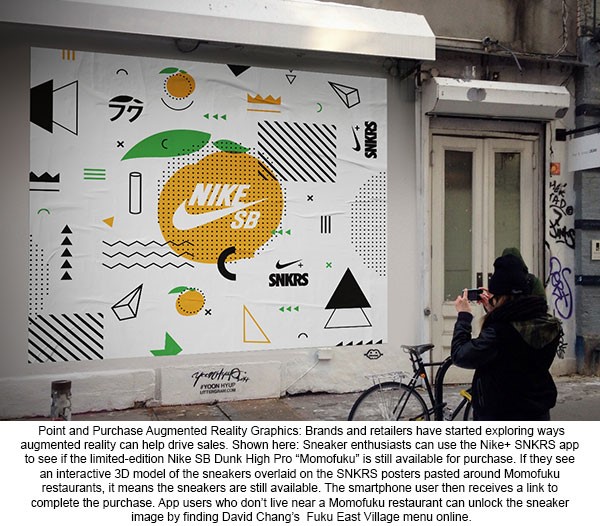Think Local: Any business relying significantly on in-person sales, that is sales that walk in the doors, attracts the bulk of their customers from people who live very close to their place of business. Studies suggest that 85% of customers reside within 5 miles of a business they patronize. But to get customers in the door, they have to know you exist! If a sign is not displayed at your place of business, 35% of people will not even realize that a business exists. It’s a basic principle — just as the benefits of ADA signs are vital to those that require assistance, a simple sign announcing your business is vital for those requiring your product or service.
Think Digital: Make your basic signage smart with digital signage. The benefits of LED message centers and the benefits of illuminated signs, as well as other digital signage methods are profound. A recent study by Grand View Research Inc. found that worldwide, digital signage is a $20 billion dollar industry. Nowadays, few local sign companies will be without digital sign offerings. Consumers find digital signage 53% more interesting and 48% more unique than traditional, non-digital signage. A digital quality adds to the benefits of ADA signs, the benefits of window lettering, the benefits of office and lobby signs, and just about any other kind of signage you can imagine.
Think Proximity: Signage in close proximity to your place of business is also smart signage. For example, think of a handicapped highway traveler who is hoping to make a rest stop somewhere with adequate facilities. Would that individual be more likely to stop at a service station advertising ADA-equipped facilities two miles off exit, or a service station advertising ADA-equipped facilities in 500 feet, where the facility is visible from the location of the signage? The benefits of ADA signs are realized anywhere, but the benefits of ADA signs are improved when posted in close proximity to the facility advertised. This example can be applied to almost any product, service or business. A study conducted by computing giant IBM revealed that 72% of consumers will respond to interactive messages, when that message is delivered within a visible range of the advertised product.




